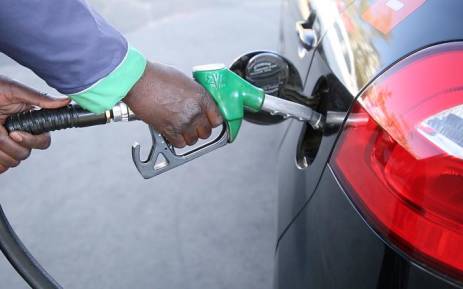Both grades of petrol, 93 and 95 (ULP & LRP), will increase by 99 cents and 100 cents a litre (c/* ) respectively from midnight on Tuesday night. This brings the overall retail price of 95 ULP for inland motorists to R17.08 c/* and R16.49 c/* at the coast.
City residents can brace themselves for one of the highest fuel price increases as the cost of petrol smashes the R17 a litre mark from on Wednesday. Minister of Energy Jeff Radebe announced the adjustment of fuel prices for October on Monday.
The cost of diesel will go up by R1.24 a litre and illuminating paraffin (wholesale) by R1.04 cents a litre, while illuminating paraffin (SMNRP) will jump by R1.39 per litre. The maximum retail price of LP gas will increase by R1.79 per kilogramme.The Department of Energy (DoE) said in a statement on Monday that South Africa’s fuel prices were adjusted on a monthly basis, informed by international and local factors.
“International factors include the fact that South Africa imports both crude oil and finished products at a price set at the international level, including importation costs, eg shipping costs.” The department attributed the main reasons for the latest fuel price adjustments to the rand/US dollar exchange rate.
“The rand depreciated, on average, against the US dollar (from 13.90 to 14.90 rand per USD) during the period under review. This led to a higher contribution to the Basic Fuel Prices (BFP) on petrol by about 50.00c/* and diesel and illuminating paraffin by about 52.00c/* .”
A further contributing was the increase in the price of crude oil which went up from 74.25 USD to 78.25 USD per barrel.
“The main contributing factors were the unwillingness by the Organisation of Petroleum Exporting Countries (Opec) to increase their production outputs and negative impact of the hurricanes on petroleum infrastructure in the USA during the period under review. Furthermore, the looming sanctions against Iran oil exports by the USA will put more pressure on the crude oil prices.”
The Automobile Association (AA) on Friday warned that fuel users are facing unprecedented price increases in October that it described as “catastrophic” for road users. The AA noted that the major culprit is the country’s economic policy which has left South Africans defenceless against upticks in international oil prices.
In September the DoE decided to intervene temporarily to provide some relief against fuel price hikes. FNB Agric Business warned yesterday that the increase would place a further strain on consumers and hurt consumption growth.
“The South African Reserve Bank (Sarb) earlier indicated that household consumption has already fallen by 1.3% in the second quarter of 2018 as spending on goods declined, particularly durables which were down 11.2%,” Dawie Maree, head of marketing and information at FNB Agric Business, said yesterday.
“Small business and the poorer households will bear the brunt as their transport costs account for a large portion of household expenditure and the consequence of sustained fuel price increases will further erode disposable income and cause financial stress. This will force a change in spending patterns with a cut in spending on luxury items and frequency of visits to eateries.”
Maree stated that locals faced a dim festive season if the current pace of fuel price increases was sustained in the two months ahead.
“At producer level, the impact will be cost pressures as we head into the new planting season for summer crops. The higher crude oil price, which has now breached the US$80/barrel level, is a double whammy due to the direct influence on the fuel price and the indirect influence on oil derivatives such as fertiliser, pesticides and herbicides (agrochemicals) all of which are inputs in crop farming. This will squeeze profit margins if agriculture commodity prices do keep up with the pace of input cost increases.”
Source: IOL News

